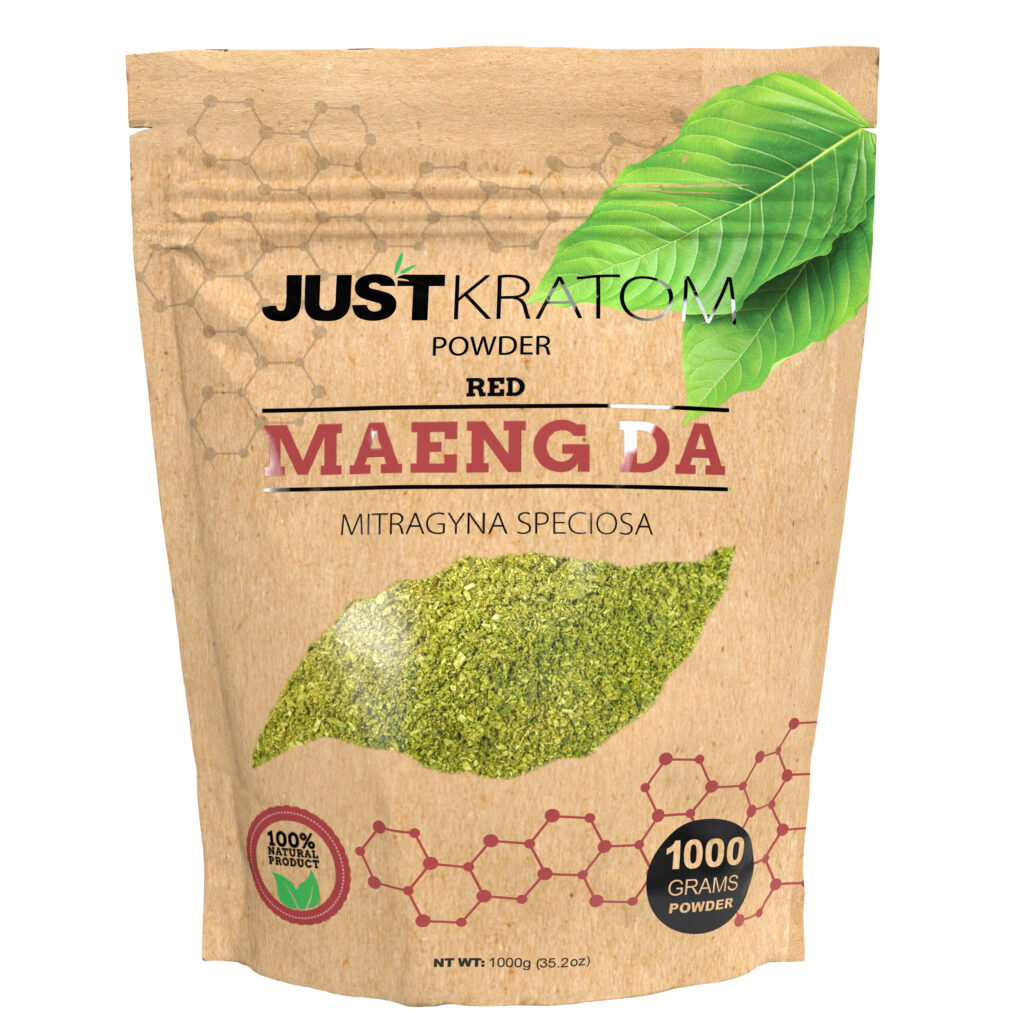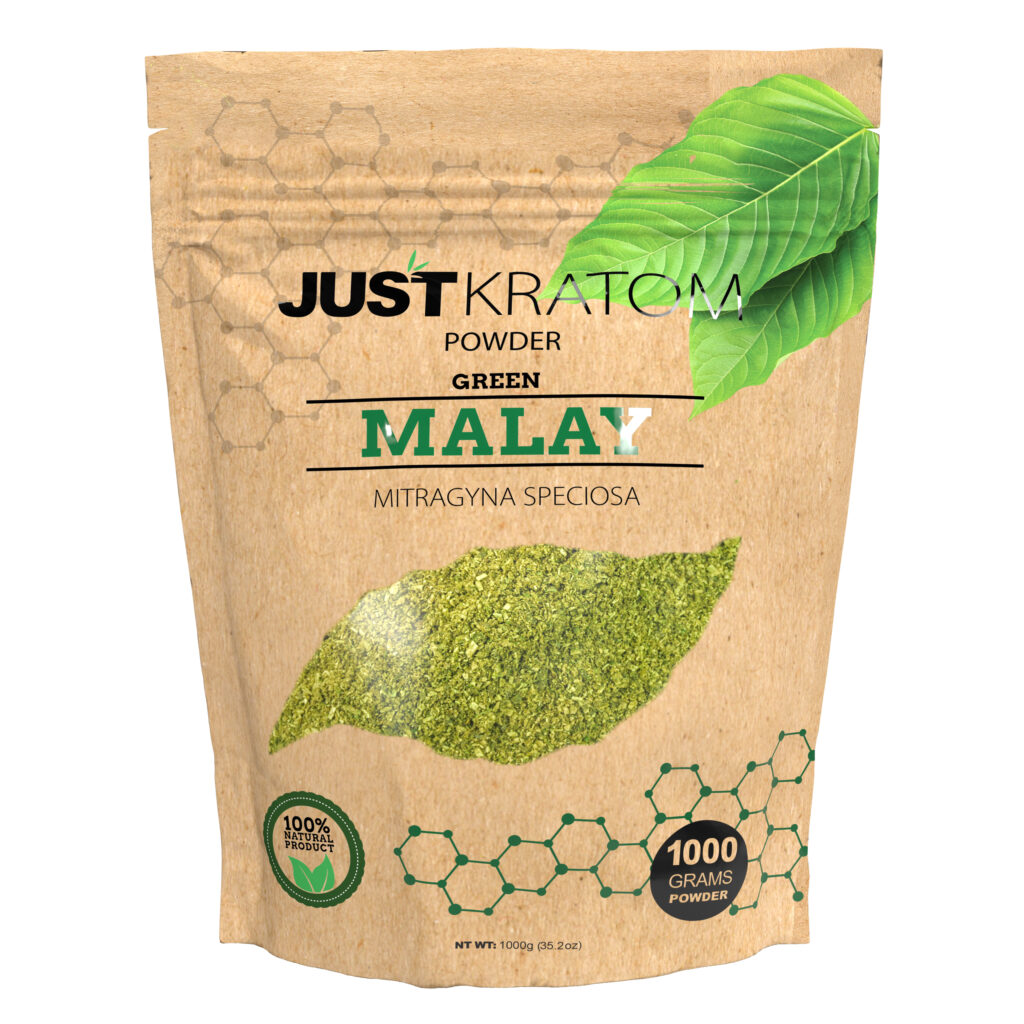Kratom’s Pain-Relieving Properties
Kratom, a tropical tree native to Southeast Asia, has gained increasing attention for its potential pain-relieving properties.
Mechanism of Action
Kratom contains compounds called mitragynine and 7-hydroxymitragynine, which are believed to be responsible for its pain-relieving effects. These compounds interact with opioid receptors in the brain, similar to how prescription painkillers work. By binding to these receptors, kratom can reduce pain signals sent to the brain.
However, it’s important to note that kratom’s mechanism of action is not fully understood, and research on its efficacy and safety for pain management is still ongoing.
Evidence for Pain Relief

Studies have shown some evidence suggesting kratom may be helpful in managing pain, particularly chronic pain. Some individuals report relief from conditions like arthritis, back pain, and nerve pain after using kratom.
Research indicates that kratom’s effects on pain perception are dose-dependent. Low doses are thought to produce stimulatory effects, while higher doses may induce sedative and pain-relieving effects.
However, it’s crucial to emphasize that more robust clinical trials are needed to definitively determine the effectiveness and safety of kratom for pain management.
Types of Pain Kratom May Help With
Kratom has emerged as a potential alternative for managing pain, particularly chronic pain, due to its interaction with opioid receptors in the brain.
While research on kratom’s pain-relieving properties is ongoing, preliminary studies suggest it may be beneficial for various types of pain.
- Arthritis
- Back pain
- Nerve pain
It’s important to remember that kratom is not a FDA-approved medication for pain management, and its long-term effects are still under investigation.
Potential Benefits Compared to Prescription Painkillers
Kratom has gained attention as a potential alternative to prescription painkillers for managing pain, particularly chronic pain.
Reduced Side Effects
One potential benefit of kratom compared to prescription painkillers is the possibility of reduced side effects. Prescription opioids are known to cause a range of adverse effects, including constipation, nausea, drowsiness, and respiratory depression, which can be severe in some cases. Kratom users report fewer of these common side effects.
- Constipation
- Nausea
- Drowsiness
Lower Risk of Addiction
Another potential benefit of kratom is a lower risk of addiction compared to prescription painkillers. Prescription opioids are highly addictive, and misuse can lead to dependence and addiction. While kratom does have addictive properties, some studies suggest that its risk of addiction may be lower than that of prescription opioids.
Cost Effectiveness
Kratom offers potential benefits over prescription painkillers, particularly in terms of side effects and addiction risk.
Prescription opioid painkillers are notorious for causing a variety of adverse effects, including constipation, nausea, and drowsiness. Kratom users generally report experiencing fewer of these side effects.
Furthermore, kratom may present a lower risk of addiction compared to prescription opioids. While kratom itself can be addictive, some studies suggest its addiction potential is less severe than that of prescription opioids.
Additionally, kratom is often more cost-effective than prescription painkillers.
Risks and Considerations
While kratom shows promise as a potential alternative to prescription painkillers for managing pain, there are important risks and considerations to be aware of.

Potential Side Effects
It’s crucial to understand that kratom is not without potential risks and side effects.
- Withdrawal symptoms:
- Nausea and vomiting
- Muscle aches
- Irritability and anxiety
- Restlessness
Long-term use of kratom may lead to dependence and addiction.
Kratom can interact with other medications, including antidepressants, antianxiety drugs, and opioid pain relievers. This can potentially lead to serious health problems.
Additionally, the quality and purity of kratom products can vary widely, making it difficult to know exactly what you are consuming.
It is essential to consult with a healthcare professional before using kratom, especially if you have any underlying medical conditions or are taking other medications.
Drug Interactions
While kratom may offer potential benefits for pain management, it’s crucial to be aware of the risks and considerations associated with its use.
One significant risk is the potential for withdrawal symptoms, which can be uncomfortable and include nausea, vomiting, muscle aches, irritability, anxiety, and restlessness.
Long-term kratom use can lead to dependence and addiction, similar to other opioid substances.
Kratom can interact with various medications, including antidepressants, antianxiety drugs, and opioid pain relievers. These interactions can have potentially serious consequences for your health.
The quality and purity of kratom products can vary significantly, making it difficult to determine the precise composition and potential contaminants in a given batch.
Legality and Regulation
Kratom’s legal status varies widely around the world. In some countries, it is completely banned, while in others it is legal but tightly regulated.
- Banned: Some countries, such as Thailand, Malaysia, and Indonesia, have outright banned kratom.
- Legal with Restrictions: Other countries, like the United States, have not completely banned kratom, but it is regulated at the state level. Many states have implemented laws restricting its sale or possession.
- Legal and unregulated: Some countries, such as those in Southeast Asia where kratom originates, may allow it freely without stringent regulations.
In the United States, the Drug Enforcement Administration (DEA) has proposed classifying kratom as a Schedule I drug, meaning it would be deemed to have a high potential for abuse and no currently accepted medical use. However, this proposal faces significant opposition from kratom advocates.
The legal landscape surrounding kratom is complex and constantly evolving. It’s crucial to stay informed about the laws in your specific location before using or purchasing kratom.
Alternatives to Kratom for Pain Management
Kratom has gained attention as a potential alternative to prescription painkillers for managing pain, particularly chronic pain.

Other Natural Remedies
While kratom shows promise, it’s important to explore other natural remedies for pain management. Some alternatives include:
- Turmeric: Contains curcumin, a powerful anti-inflammatory compound that can help reduce pain and swelling.
- Ginger: Has anti-inflammatory properties and can be effective in managing pain associated with osteoarthritis and muscle soreness.
- Capsaicin: The active ingredient in chili peppers, capsaicin, can temporarily block pain signals by depleting substance P, a neurotransmitter involved in pain sensation.
- CBD Oil: Derived from hemp plants, CBD has analgesic properties and may help reduce pain associated with conditions like arthritis and chronic pain.
- Acupuncture: An ancient Chinese practice that involves inserting thin needles into specific points on the body to stimulate energy flow and alleviate pain.
It’s essential to consult with a healthcare professional before trying any new remedies, especially if you have underlying health conditions or are taking medications.
Prescription Medications
Prescription medications are commonly used for pain management. These include:
Nonsteroidal anti-inflammatory drugs (NSAIDs): such as ibuprofen, naproxen, and celecoxib. NSAIDs work by reducing inflammation and pain.
Acetaminophen (Tylenol): A common over-the-counter pain reliever that reduces pain and fever but does not have anti-inflammatory properties.
Opioid analgesics: such as morphine, oxycodone, hydrocodone, and fentanyl. Opioids are strong painkillers that work by binding to opioid receptors in the brain. They are typically used for severe pain but carry a risk of addiction and dependence.
Muscle relaxants: These medications help relieve muscle spasms and pain associated with conditions like muscle strains and back pain.
Local anesthetics: These medications block nerve signals in a specific area, providing localized pain relief. They are often used during surgery or for nerve blocks.
Scientific Research and Future Directions
Scientific research is continually exploring new avenues for pain management, and kratom has emerged as a potential alternative to traditional prescription painkillers.
Current State of Research
The current state of research on kratom’s effectiveness and safety for pain management is still evolving. While preliminary studies suggest it may be beneficial for certain types of pain, particularly chronic pain, more robust clinical trials are needed to definitively determine its efficacy and long-term effects.
Future research directions in this field include:
- Conducting large-scale, randomized controlled trials to rigorously assess kratom’s effectiveness for different types of pain.
- Investigating the optimal dosage and frequency of kratom use for pain management.
- Exploring the potential benefits and risks of kratom in combination with other pain therapies.
- Identifying the specific compounds in kratom responsible for its pain-relieving effects and understanding their mechanisms of action.
- Developing standardized protocols for the production, quality control, and safety testing of kratom products to ensure consistency and minimize risks.
Areas Needing Further Investigation
The field of pain management is continuously evolving, with researchers exploring new avenues to alleviate suffering. Kratom, a tropical plant native to Southeast Asia, has garnered attention as a potential alternative to traditional prescription painkillers. However, the scientific understanding of kratom’s effects and its suitability for pain management requires further investigation.
Several areas warrant continued research to fully comprehend kratom’s role in pain relief:
- Long-Term Effects: More research is needed to assess the long-term consequences of kratom use for pain management. Studies should explore potential risks associated with chronic kratom use, including dependence and withdrawal symptoms.
- Dosage Optimization: Determining the optimal dosage of kratom for different types of pain and individuals is crucial. Research should focus on establishing safe and effective dosage ranges based on individual factors such as weight, metabolism, and existing medical conditions.
- Mechanism of Action: A comprehensive understanding of how kratom exerts its pain-relieving effects is essential. Further research into the specific compounds responsible for its analgesic properties and their interactions with opioid receptors in the brain is necessary.
- Interactions with Other Medications: Evaluating kratom’s potential interactions with other medications, including antidepressants, antianxiety drugs, and opioid pain relievers, is crucial to prevent adverse health outcomes.
- Quality Control and Standardization: Ensuring the quality, purity, and safety of kratom products is paramount. Research should focus on developing standardized protocols for production, quality control testing, and labeling to minimize risks associated with contamination or adulteration.
Addressing these research priorities will contribute to a more comprehensive understanding of kratom’s potential as a safe and effective pain management option.
Shop Kratom Powder at the lowest prices
- Dermal Fillers Near Merton, Surrey - May 5, 2025
- Can Kratom Powder Replace Prescription Painkillers? - May 5, 2025
- Botox Tinkerbell Nose Tip In Sloane Square, London - May 3, 2025

